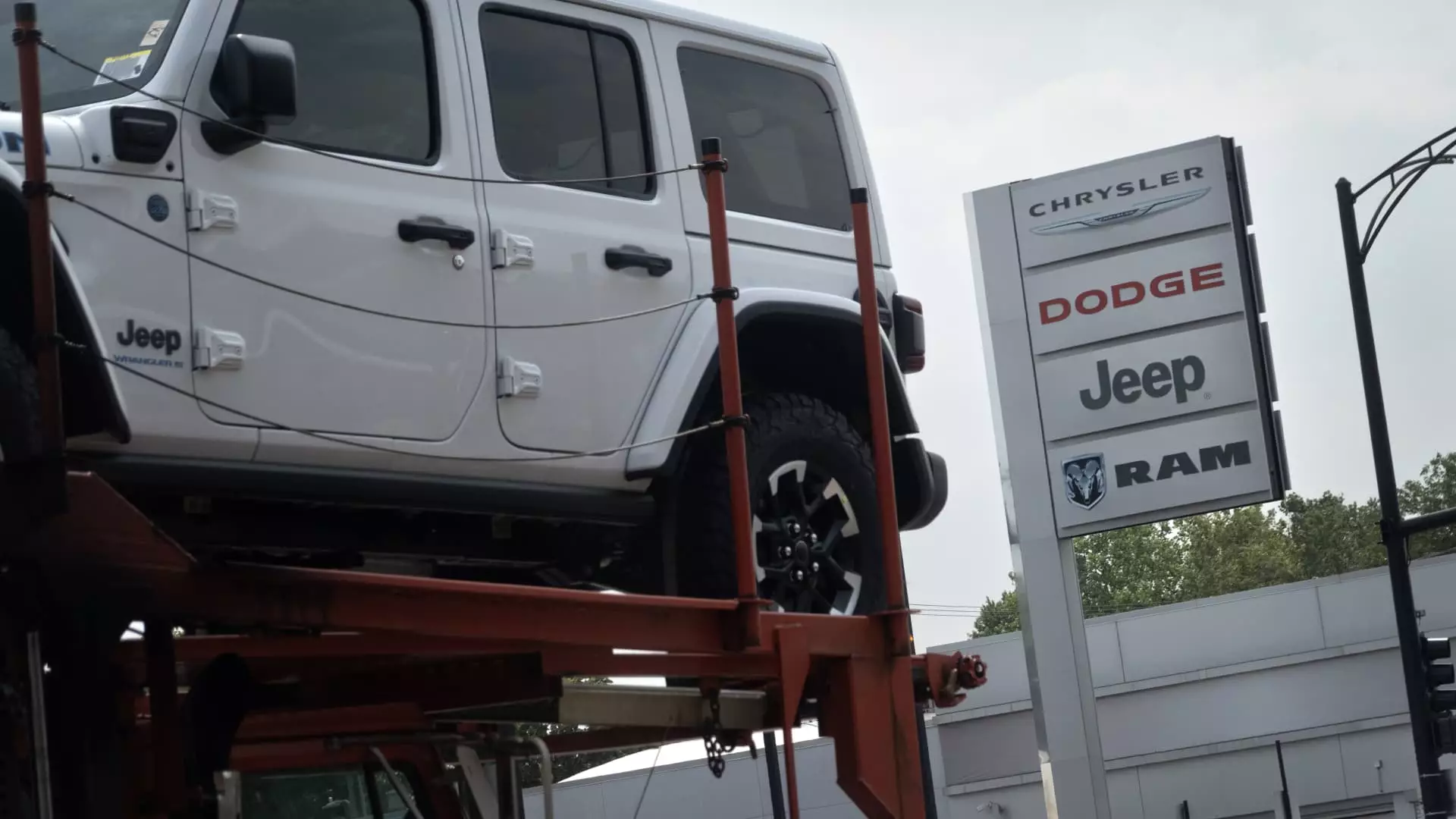As we look ahead to the second half of 2024, there is a sense of uncertainty looming over the U.S. auto industry. Despite a 2.9% increase in sales during the first half of the year, concerns are rising about the industry’s ability to maintain this momentum in the coming months. Factors such as growing vehicle inventory levels, increasing incentives, and economic uncertainties surrounding the U.S. presidential election are all contributing to a sense of caution among industry experts.
According to Cox Automotive, sales growth is expected to slow down in the second half of the year, with projections indicating a total of 15.7 million units sold by the end of 2024. This represents a mere 1.3% increase compared to the previous year. What is particularly noteworthy is that this growth is primarily being driven by commercial sales, rather than consumer purchases. This shift in the market dynamics poses challenges for automakers who have been accustomed to more profitable sales to individual buyers.
The current landscape of the auto industry presents a mixed bag of outcomes for consumers and automakers alike. On one hand, consumers are benefiting from unprecedented supplies of new vehicles and record high pricing during the aftermath of the coronavirus pandemic. For many buyers, this means the opportunity to purchase a new vehicle after years of waiting. However, for automakers, the situation is less favorable. Profit margins are expected to come under pressure as vehicle pricing faces challenges and demand shifts towards commercial sales.
In terms of sales performance, some automakers are emerging as winners while others are struggling to keep up with the changing market dynamics. General Motors, Toyota Motor, and Honda Motor are expected to be among the top performers in the first half of the year. Interestingly, Toyota’s growth trajectory could potentially challenge GM’s position as the top-selling automaker in the U.S. On the other end of the spectrum, Tesla and Stellantis are facing challenges, with sales estimated to decline by double digits through June. Stellantis, in particular, is experiencing setbacks in U.S. sales, leading to a decline in its market rank.
As the auto industry enters the second half of 2024, it is clear that significant adjustments will be required to navigate the changing landscape. The shift towards commercial sales, coupled with uncertainties surrounding economic conditions and consumer behavior, presents a challenging environment for automakers. Adapting to this new reality will be crucial for maintaining competitiveness and profitability in the months ahead.
The future of U.S. auto sales remains uncertain as we move into the second half of 2024. While there are challenges on the horizon, there are also opportunities for growth and innovation for those willing to adapt to the evolving market conditions. Navigating this landscape will require a keen understanding of consumer trends, economic factors, and the competitive dynamics of the industry. Only time will tell how the auto industry will fare in the months ahead.

Leave a Reply